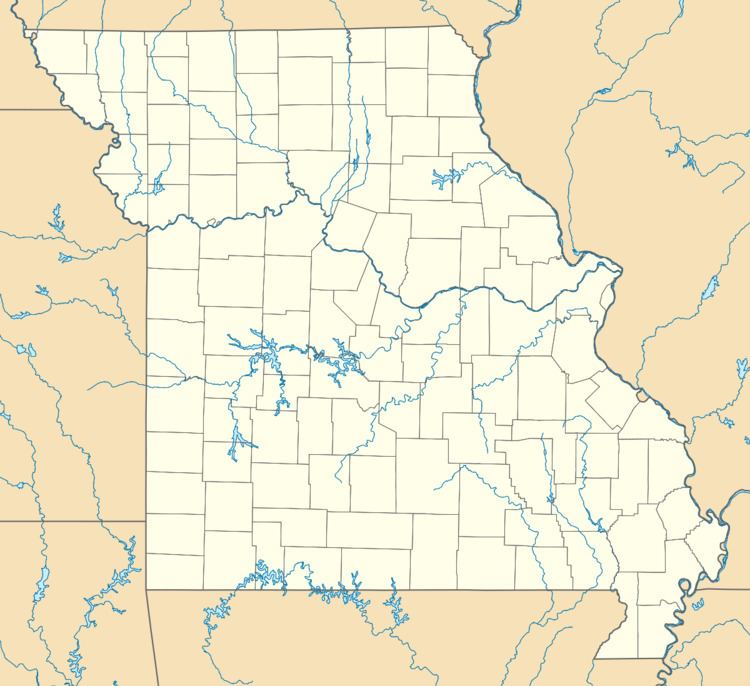Area less than one acre Architect Ezra Kirkland Designated NHL December 8, 1976 Added to NRHP 8 December 1976 | Built 1888 (1888) NRHP Reference # 76001114 Opened 1888 | |
 | ||
Location 204 E. Champ Clark Dr., Bowling Green, Missouri | ||
The James Beauchamp Clark House, also known as "Champ" Clark House or Honey Shuck, is a historic house museum at 207 East Champ Clark Drive in Bowling Green, Missouri. A National Historic Landmark, it is the only known surviving home of James Beauchamp Clark (1851-1921), a leading Congressman of the early 20th century. It is regularly open for tours in the summer, and otherwise by appointment.
Description and history
The Clark House is located in a residential area on Bowling Green's east side, on the north side of East Champ Clark Drive between Charles and Penn Streets. It is a two story wood frame structure, built in 1888 by Ezra Kirkland, with ells projecting north off the northeast and northwest corners. A porch wraps around the front and sides, its flat roof supported by turned columns and jigsawn brackets, with a spindled valance between the posts. The interior has been restored to an appearance consistent with the time of Clark's occupancy.
The house was purchased in 1898 by James Beauchamp Clark, several years after he had been elected to the United States Congress. Rising in the Democratic Party, Clark became first the minority leader of the House of Representatives (1908), and then Speaker of the House in 1911 when the Democrats gained control of the body. Clark served in that capacity until 1919, and was voted out of office in a Republican landslide in 1920. He was a leading contender for the Democratic Party nomination for President in 1912.
After Clark's ownership, the house was converted into multiple residences, before it was acquired by a local non-profit and restored as a museum.
